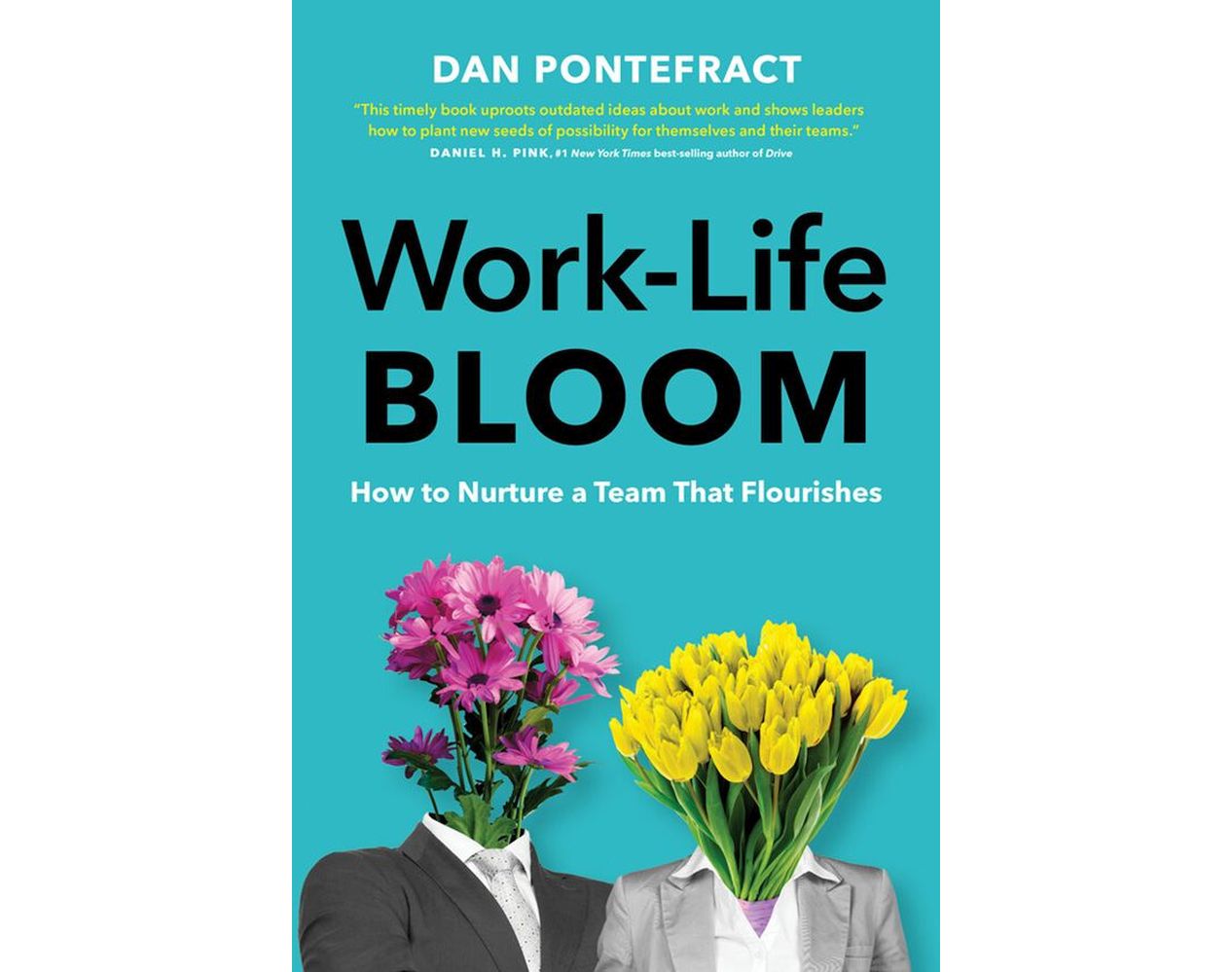Can employers keep 'work-life balance' questions from becoming 'work-work imbalance' questions?

The claims of offering work-life balance and the quest for peak employee engagement have long been at the forefront of organizational strategies. However, despite decades of efforts and substantial investments, tangible results in these areas remain elusive. In fact, research shows that employee engagement has hovered around 30 percent for the past 20 years, says Dan Pontefract, leadership strategist and author of ‘Work-Life Bloom: How to Nurture a Team That Flourishes.’
Pontefract's ‘Work-Life Bloom’ framework champions a more holistic, nuanced approach that recognizes and caters to the diverse needs and aspirations of people within the modern workforce.
The book dissects four unique work-life personas – renewal, budding, stunted, and blooming – each highlighting different facets of people's work-life dynamic. It suggests employees' work-life cycles are ever-evolving, making constant engagement a myth. Thus, there is no chance for an entire team to be ‘engaged’ simultaneously. It also offers leaders a roadmap to better support their teams.
The vortex of HR speak
Pontefract, who has held senior roles at companies such as SAP, TELUS, and Business Objects, says managers have been sucked into the vortex of HR speak. “Phrases like ‘work-life balance’ and ‘employee engagement’ really started to haunt me,” he says. He knew there had to be a better way of looking at the issue of engagement and a better way of addressing it.
“We’re only as good as our work-life balance, yet the construct we’ve created in our organizations is actually a work-work imbalance. Leaders are coached to focus on work, not life, which should then lead to employee engagement.
“Employee engagement has taken the ‘human’ out of it and is only about the employee and that they must be engaged at work. The organization will measure this once, sometimes twice, per year and measure the employee engagement with questions that are only work-related. Leaders think that this score is the measurement that will fuel the performance of the organization.
“I’m trying to argue a change in narrative that is not about a score, but about creating the right work-life factors and conditions for people to bring those life factors into work and work factors into life so that there is a synchronicity between the two,” he says.
For his ‘Work-Life Assessment’ research, Pontrfract interviewed nearly 10,000 employees spanning 11 countries. He found that a significant 82 percent of all employees view their well-being as important, yet a disheartening 41 percent believe their employer genuinely supports them in this endeavour. He says these findings paint a clear picture: the traditional work-life balance and employee engagement paradigms are not just outdated but counterproductive.
“We are never going to get everyone engaged all at the same time, which means we need to have a new model or at least evolved model that asks, ‘where are you right now and how can I support you?’”

Help employees to ‘bloom’
He believes organizations need to recognize that people are in all different stages of life and dealing with different life factors at any given time. Incentivizing engagement scores is not the way to increase them, he says. Engagement is an outcome that won’t be realized unless employees feel respected, have a sense of meaning, and have solid relationships at work – factors that will make the employee more likely to ‘bloom.’
“And, if the employee is not at their best, how can the employer help them at the stage they are at? It’s a work-work imbalance if we’re not actually having conversations and dialogue about some of these life factors.”
Pontefract says it starts with the leader and how they show up every day. Employees need to have a trust in their boss to have these personal conversations. In fact, his research shows that 92 percent of workers believe trust is the single most important factor to have at their place of work with their leader. Yet only 44 percent believe their workplace is a trusting one. “That’s a massive gap.
“So, whether it's physiological, social, financial, emotional, or any of these wellness factors, I believe our leaders have a fiduciary responsibility to be having conversations to encourage healthy individuals at the workplace.”



